You are here
Back to topThe price of Chinese ginger began to fall in 2016
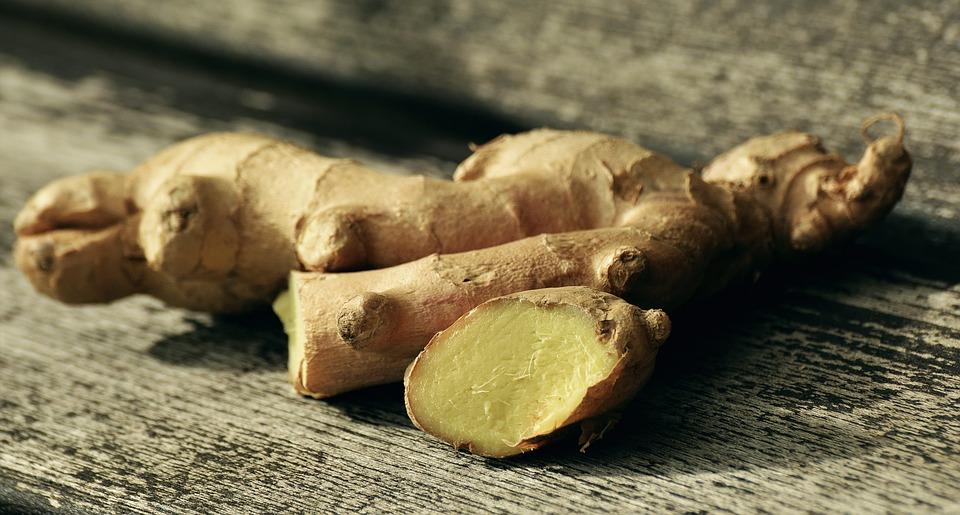
In recent years, the price of ginger is like a roller coaster, significant fluctuation and obvious cycle. In 2016 the ginger price continued to fall from the highest point of 10 yuan ($1.45) per kilogram in 2014 to about 2 yuan ($0.29) per kilogram. The continuous decline of ginger price in this year was due to oversupply of ginger acreage. From the second half of 2013 to year 2014, the high price of ginger provided growers considerable profits, and the national planting areas continuously expanded, which caused expansion of ginger supply. Statistics said that compared with 2104, in 2015 ginger acreage increased by 20%, an increase of half over 2013.
It is understood that the storage methods of ginger and garlic are different; almost all of the garlic are cold storage after harvest, the buys are in charge of most products, thus human factors are more easily doped into price fluctuation of garlic. In contrast, most gingers are stored in farmer’s cellars, and cold storage amount is relatively small, especially in the past two years, the ginger price is not ideal, cold storage amount is even less, so relatively speaking, the factors of human speculation are relatively rare. High price causes acreage expansion, acreage expansion causes oversupply, and the prices fall, acreage reduced, demand exceeds supply, prices rise again, and so on, ever year this price cycle turns on stage.
In terms of exports, in first 11 months of 2016, the export amount of raw ginger reached in 489.8 thousand tons, an increase of 32.7% compared with the same period in 2015. Except for January and November, the monthly export volumes in the year 2016 all showed an increasing trend, which had direct relationship with domestic ginger price gap between year 2015 and 2016. Generally speaking, there is an inverse relationship between domestic price and export volume. The export prices of ginger in 2016 showed a trend of low in the middle and high in the beginning and the end. At the beginning of this year, the export price of ginger was about $750 per ton, then it continued to decline, and by August it fell to the lowest point of the year at $497.3 per ton. Then the average price gradually rebounded to $957.97 per ton in November, which even increased 12.5% compared with the same period of 2015. The average export price of ginger was about $720 per ton from Jan. to Nov., a decreasing of nearly 30% compared with the average price of $1000 in 2015.
There are several reasons for the price decline and volume rise of ginger export. On the one hand, both the area and output of ginger are enlarged; on the other hand, oversea demands of ginger are mostly focus on developing countries, which are sensitive with price. And the developed countries have higher requirements on both quality and price. If the export volume is considerable, it can stimulate domestic prices to a certain extend. But from the actual situation in recent years, the exports of ginger to developed countries such as the United States, like Holland and Japan, have corresponding reduction in 2016. Under the background of oversupply of China ginger, the export amount shows no effect on promoting ginger price.
China gingers are mainly exported to the Middle East, Europe, America, Southeast Asia and Japan. The top ten countries are: Pakistan, United Arab Emirates, Holland, Saudi Arabia, the United States, Malaysia, Vietnam, Bangladesh, Japan, and the United Kingdom. The top three provinces of China's exports of ginger are: Shandong, Yunnan and Guangdong, while Shandong accounts for 88.31% of total exports, which still occupies the first place.



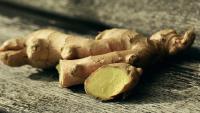
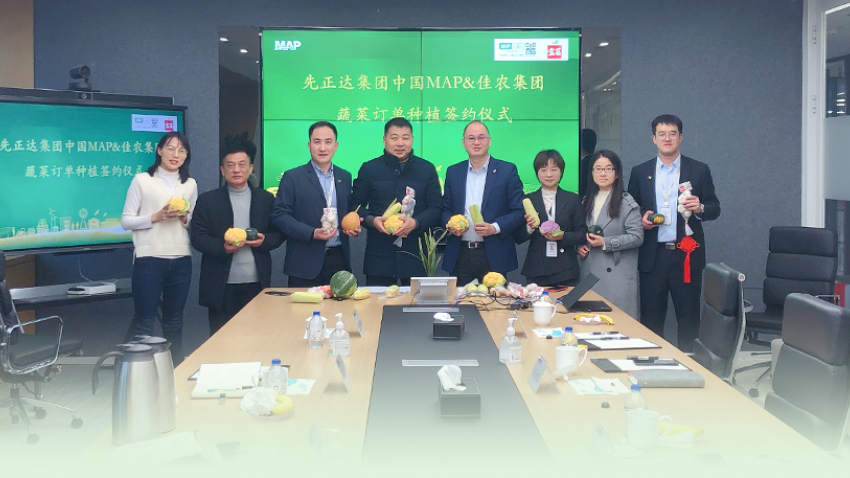

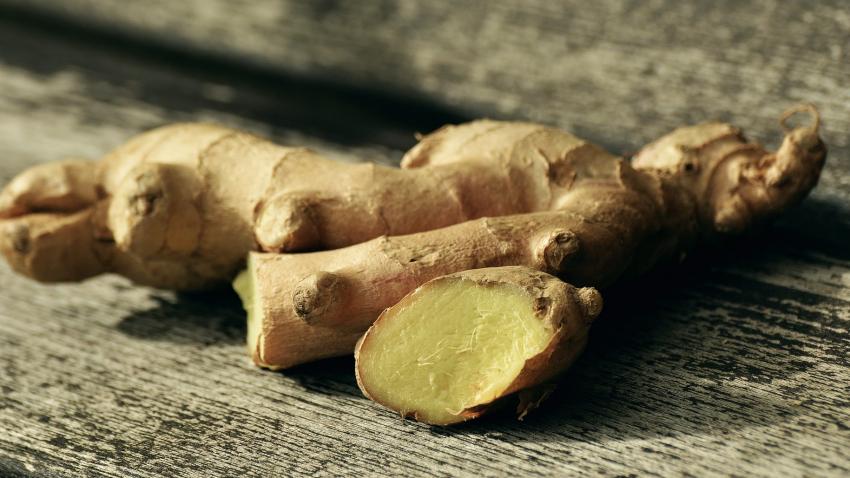
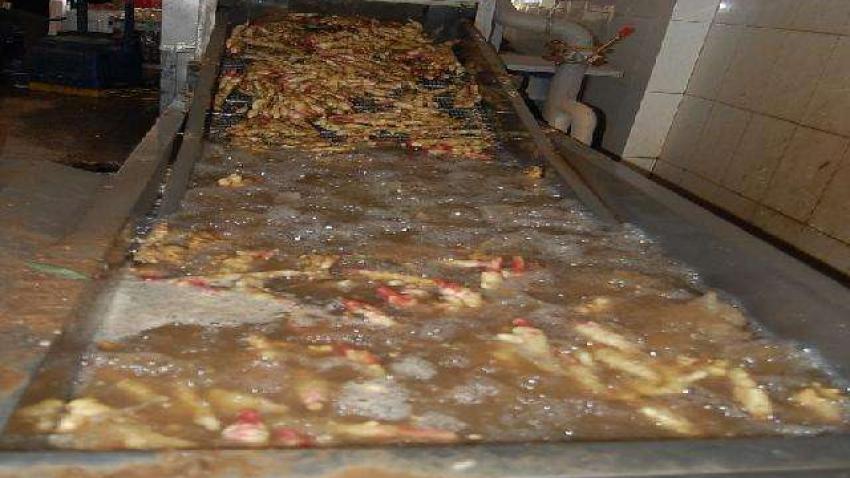









Add new comment